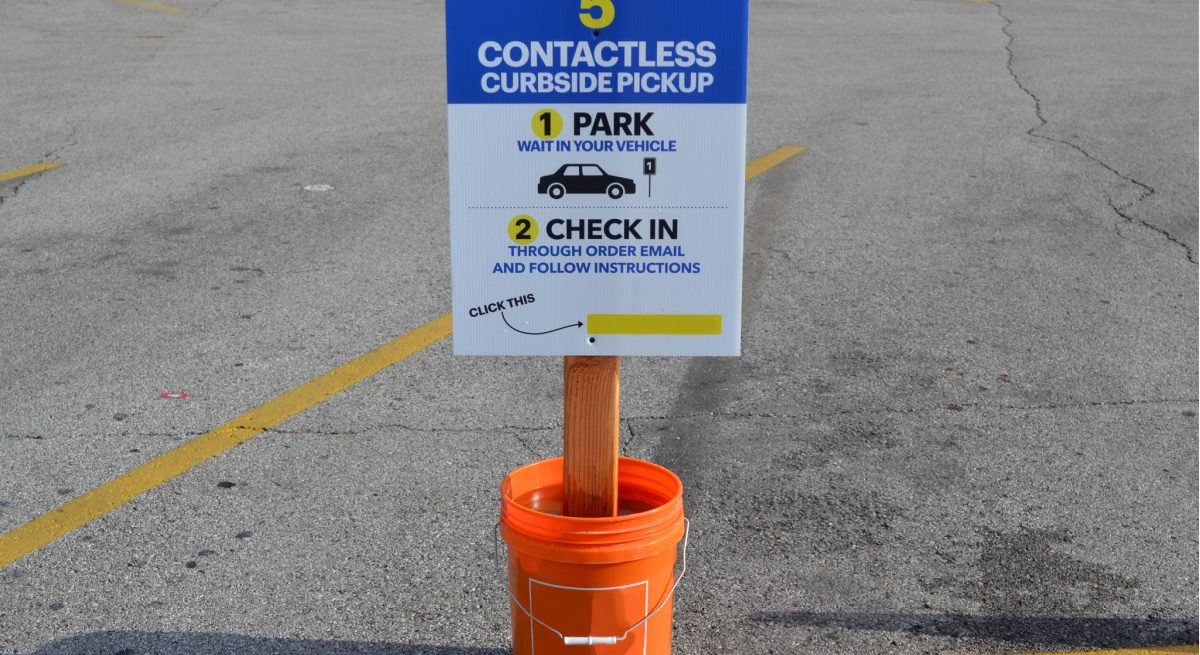How Are Tech Trends Shifting in a Post-COVID-19 World?
3 Min Read By Mo Sloan
This edition of MRM's "Ask the Expert” features advice from EZ-Chow Inc. Please send questions to Modern Restaurant Management (MRM) magazine Executive Editor Barbara Castiglia at bcastiglia@modernrestaurantmanagement.com.
Now that restaurants are focused on re-opening and there is some light at the end of the proverbial tunnel, a few technological changes, updates and reconfigurations are taking place across the country.
Some of these shifts have been a long-time coming, while others have been in response to necessitated by a post-COVID dining environment.
The first big shift is in contactless payments. It’s taken a long time for that trend to take hold and it seems big changes are finally taking place. Contactless payments have been huge in Europe (thanks to chip card/EMV transactions); however, in the U.S., consumers always placed emphasis on the interaction rather than the transaction, one of the reasons why contactless payments took so long to be adopted.
Because of COVID-19, consumers no longer have the benefit of choice. Contactless payments at the table — coupled with the ability to order at more places without having to talk to someone – are now becoming more prevalent in our society.
Because of COVID-19, consumers no longer have the benefit of choice. Contactless payments at the table — coupled with the ability to order at more places without having to talk to someone – are now becoming more prevalent in our society. And restaurants are taking more proactive measures to enhance this option. For example, one of our merchant partners are now modifying their online ordering platform in order to create a solution that allows customers to order and pay at the table without having to go through a server.
While this was almost unheard of for certain restaurants a year ago, it now seems like interaction and engagement are a detriment to both server and customer health. So now, restaurant operators are having to address the question: How do we make the ordering and payment process easier so guests don’t have to talk to a waiter or server.
The second trend is curbside ordering and bi-directional communication. Bi-directional communication allows for restaurant staff to respond to texts sent by waiting customers who placed an order for curbside pickup. In the past, communication was more of a one-way interaction. In today’s environment, it’s all about moving toward the ability for restaurants and customers to send and receive text messages. This means customers can see when their orders are ready via a text from the restaurant, and operators can see where customers are parked if they ordered for curbside pickup. This means in a post-COVID world, restaurant operators have to reimagine their traditional dining experience and their contactless one.
If you’re operating from an on-premises perspective, and you don’t want people coming in, your capacity is now the number of parking spots you have. And the ability to stagger or communicate to customers when to come in – in terms of their orders being ready – something we haven’t seen before.
Businesses need to adapt in order to survive and those that can’t – or won’t – alter course, will become extinct. While some restaurants have been better suited to handle the changes, I believe each brand and operator are positioned to handle the storm in the way that’s right for them. While some have chosen to permanently close, others have chosen to ride the wave of opportunity that technology enhancements have the ability to provide.


